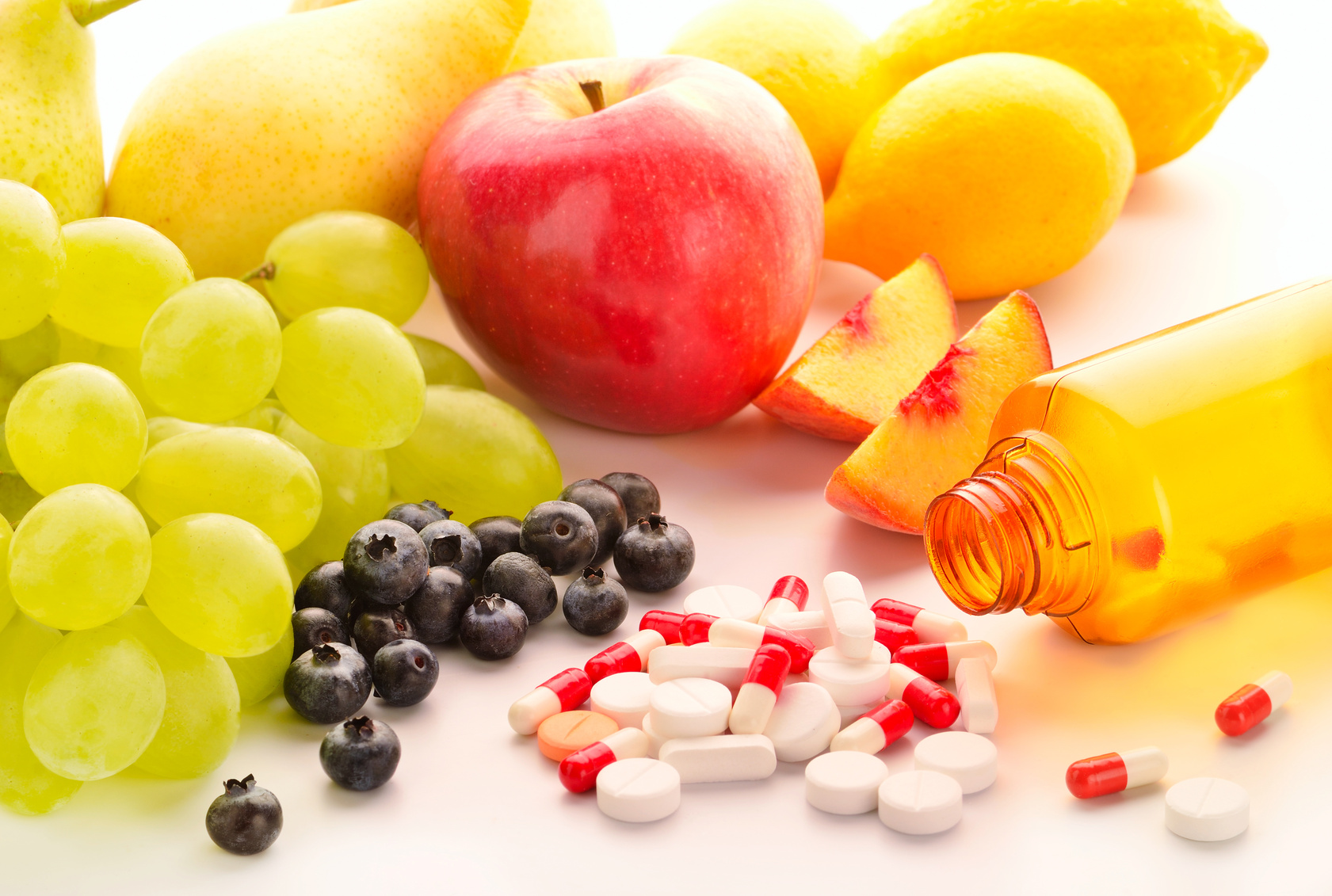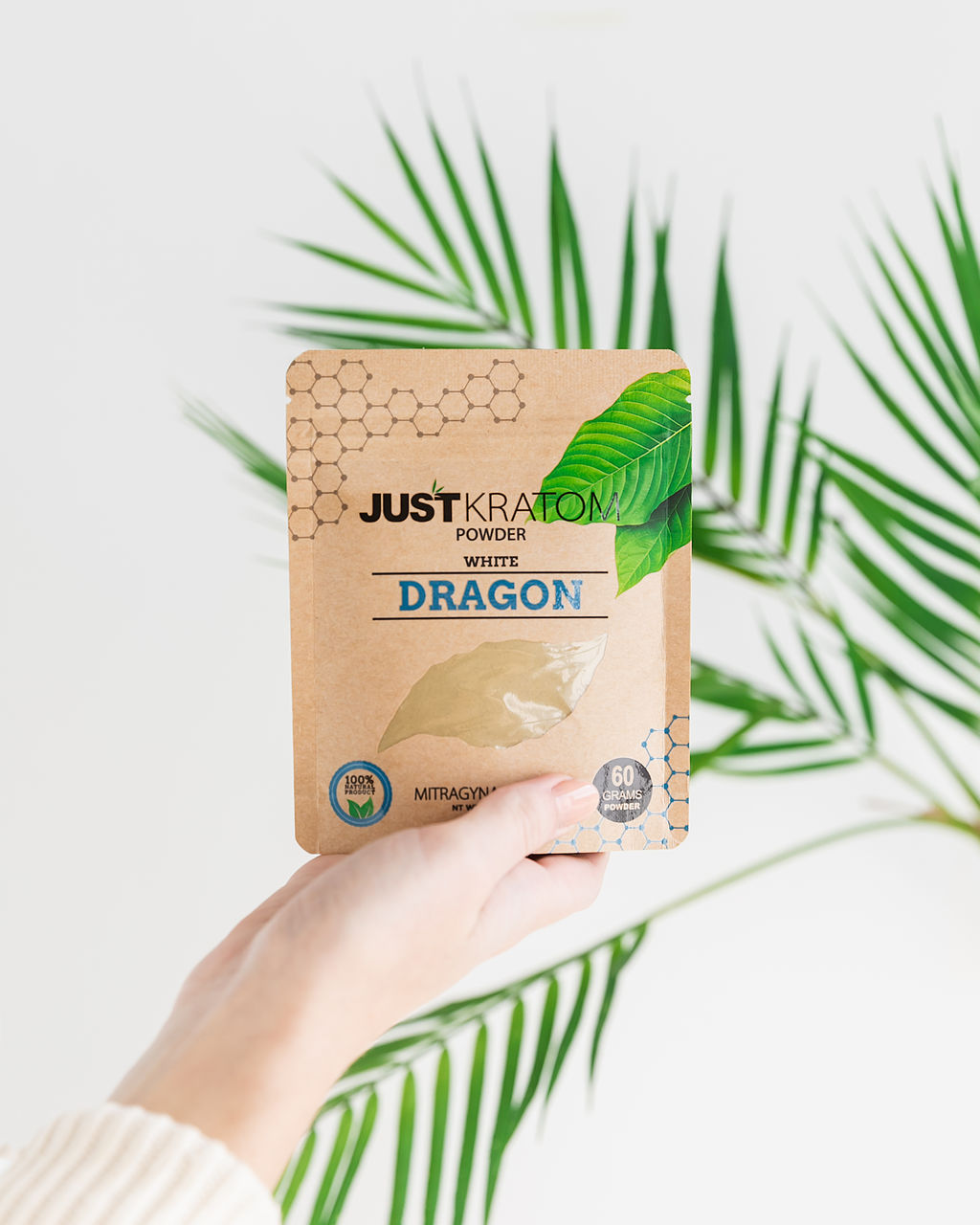Introduction to Vitamin D and Mood
Vitamin D, often referred to as the “sunshine vitamin,” plays a crucial role in several bodily functions, including mood regulation. In recent years, research has highlighted its significance beyond bone health, showing how it influences mental well-being.
How Does Vitamin D Influence Mood?
Vitamin D receptors are present throughout the brain, particularly in areas involved in mood regulation. It affects neurotransmitters like serotonin, which are essential for maintaining a balanced mood. Additionally, vitamin D is involved in the synthesis of neurotrophic factors that support brain function.
Signs of Vitamin D Deficiency and Mood Disorders
A deficiency in vitamin D has been linked to mood disorders such as depression and seasonal affective disorder (SAD). Symptoms may include persistent sadness, low energy levels, and changes in sleep patterns.
Research on Vitamin D and Mood
Studies have shown that supplementing with vitamin D can improve mood in individuals with deficiency-related mood disorders. Research also suggests a correlation between low vitamin D levels and increased risk of depression.
Sources of Vitamin D
Sunlight Exposure
The primary source of vitamin D is sunlight. When UVB rays from the sun hit the skin, it triggers vitamin D synthesis. Factors like time of day, skin pigmentation, and geographic location influence how much vitamin D your body produces.
Dietary Sources
While few foods naturally contain vitamin D, some fortified foods like milk, cereal, and orange juice provide supplemental amounts. Fatty fish such as salmon, mackerel, and tuna are also good dietary sources.
Supplements
Vitamin D supplements are widely available and can be taken orally. They come in various forms, including vitamin D2 (ergocalciferol) and vitamin D3 (cholecalciferol), with D3 being more effective at raising blood levels.
How Much Vitamin D Do You Need?
The recommended daily intake of vitamin D varies by age, sex, and health status. For most adults, including older adults, experts recommend 600-800 IU per day. However, individual needs may differ based on factors like sun exposure and existing health conditions.
Factors Affecting Vitamin D Absorption
Several factors influence how well your body absorbs vitamin D, including age, skin color, geographic location, and the use of sunscreen. Older adults, individuals with darker skin tones, and those living in northern latitudes are at higher risk of deficiency.
Tips for Optimizing Vitamin D Levels
Sun Exposure Guidelines
To optimize vitamin D production from sunlight, aim for moderate exposure of arms, legs, and face without sunscreen for about 10-30 minutes, several times a week. Avoid prolonged exposure to reduce the risk of skin damage.
Dietary Strategies
Incorporate vitamin D-rich foods into your diet, such as fatty fish, fortified dairy products, and egg yolks. Consider using supplements under the guidance of a healthcare provider, especially if you have limited sun exposure or dietary intake.
FAQs about Vitamin D and Mood Regulation
Does Vitamin D really affect mood?
Yes, vitamin D plays a significant role in mood regulation. Studies suggest that low levels of vitamin D are associated with an increased risk of depression and other mood disorders.
Can vitamin D supplements help with depression?
Supplementing with vitamin D may help improve mood in individuals with deficiency-related depression. However, its effectiveness can vary, and it’s essential to consult a healthcare provider for personalized recommendations.
What are the symptoms of vitamin D deficiency related to mood?
Symptoms may include persistent sadness, fatigue, irritability, and changes in sleep patterns. In severe cases, deficiency can contribute to the development of mood disorders like depression.
Are there risks associated with too much vitamin D?
Excessive vitamin D intake can lead to toxicity, causing symptoms such as nausea, vomiting, weakness, and kidney problems. It’s crucial to follow recommended dosages and consult a healthcare provider before starting supplements.
How can I test my vitamin D levels?
A simple blood test can measure your vitamin D levels. Talk to your healthcare provider to determine if testing is necessary, especially if you’re experiencing symptoms of deficiency or are at risk.
Can I get enough vitamin D from food alone?
While some foods contain vitamin D, it can be challenging to obtain sufficient amounts through diet alone. Sunlight exposure and supplements are often necessary to meet recommended intake levels, especially in regions with limited sunlight.
What time of day is best for vitamin D synthesis from sunlight?
The skin produces vitamin D most effectively when exposed to UVB rays from the sun during midday, typically between 10 am and 3 pm. However, individual factors like skin type and geographic location also play a role.
Are there specific populations at higher risk of vitamin D deficiency?
Yes, individuals with darker skin tones, older adults, people who live in northern latitudes, those who cover their skin for religious or cultural reasons, and individuals with certain medical conditions are at higher risk of deficiency.
Can vitamin D supplements interact with medications?
Vitamin D supplements can interact with certain medications, including corticosteroids, weight-loss drugs, and some anti-seizure medications. It’s essential to inform your healthcare provider about all medications and supplements you are taking.
How long does it take to feel the effects of vitamin D supplements on mood?
The time it takes to notice improvements in mood after starting vitamin D supplements can vary. Some individuals may experience changes within weeks, while others may require several months. Consistency in supplementation and adequate dosage are crucial.
Conclusion
Understanding the role of vitamin D in mood regulation is essential for maintaining mental well-being. Whether through sunlight exposure, dietary adjustments, or supplementation, prioritizing adequate vitamin D intake can positively impact your mood and overall health.








